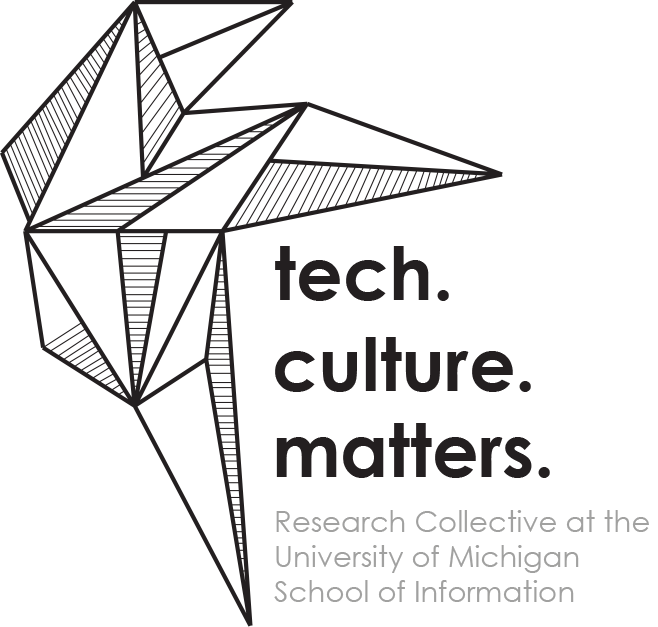by Melissa Weintraub
2015 was different. I was introduced to maker communities, immersing myself in a creators’ cooperative home, hackathons and Burning Man events. These spaces celebrate creativity, giving rise to art and technology that would otherwise be unimaginable. The scale of these gatherings shapes this creative culture and ultimately the creations. I noticed that artistic vision and individuality was lost (or harder to come by) at large-scale maker gatherings. The size of a community warps the intent of production.
AfrikaBurn, a regional Burning Man event in South Africa differed dramatically from Burning Man. AfrikaBurn’s Tankwa Town is home to 10,000 creators primarily from South Africa, while Burning Man’s 70,000 creators travel from all corners of the world to build the temporary Black Rock City.
Burners build a city in the desert, joining together and contributing to a shared space. The shared ethos and collective mission integrate culture and labor. Frank Turner explains, “gifts can come back to participants not as money, but as reputation, artistic pleasure or friendship – or all three.” This gifting economy allows for creativity to come to life in beautiful forms, from a metal fire-breathing serpent on wheels to a cuddle puddle in a seemingly uninhabitable desert.
Burning Man didn’t seem to be particularly representative of Reno, Nevada or any part of America for that matter. Black Rock City felt outside the realm of space. Jewish philosopher Abraham Joshua Heschel once described the Sabbath as “a cathedral in time rather that in space”, as its ethos transform invisible time into a seemingly physical space. Similarly the Burning Man ethos have created a spaceless time that has been replicated across the globe. Yet no two burns are the same, even on the same soil, they differ dramatically year to year. What primarily shapes the burn is not the physical space, but rather the magnitude of the gathering.
Similarly at hackathons, participants join engineers, designers and creators to build a functional piece of hardware or software in 72 hours. Some hackathons have themes aimed at solving a community-facing problem. Here too, participants join in a shared commons, gift in the spirit of social service, and celebrate their creations amongst the community.
The rise in popularity of hackathons has also created a similar boundless space, a cultural movement quickly gaining popularity across the world. It too has been replicated in smaller-scale forms. At Shift, thirty undergraduate students live, work and co-create. Members come together to explore their curiosities—from using a car engine to power an espresso machine to building an online community to support mental health.
At hackathons, participants win prizes while networking with participants, mentors and corporate sponsors. Corporate sponsors coerce hackers into building products to their liking. It’s harder to really get to know the other hackers, their interests and passions when we’re distracted by the shiny awards, prizes and tremendous opportunities for career advancement. Shift creators are building for no one but themselves, and have the endless support and hands of their fellow peers. The same hackathon ethos of production permeate Shift, without the influence and pressure of judges and awards. The level of interaction is much more intimate and personal, each member wanting to help in the success of their peer.
One afternoon at Burning Man, I was checking out a sculpture and noticed a man bent over beside it with tools in his hands. When I asked him if he was the artist, he simply said he was just a repair-man attending to a problem. He assured me that he had no artistic vision behind the piece and continued rewiring the circuit. I felt a little disappointed. Where was the artist who built this? At AfrikaBurn, I discovered a peaceful temple-like space, framed by barely-there canvas walls which blew with the wind. I would regularly come to this spot to clear my mind. Once, a woman took a seat beside me and we shared a lovely conversation. I soon discovered that she was the artist who built that sacred space. She told me that her artistic vision actualized upon seeing me interact with her art. I felt completely entranced within that canvas pop-up temple.
While there are no official winners at Burning Man, some of the big art projects cost a couple hundred thousand dollars, consequently receiving considerable recognition and fame. This exposure allows artists to network with the community without shaking any hands or passing out business cards, ultimately pushing their artistic pursuits forward.
The individuality and intent of production is seemingly lost at large-scale maker gatherings. Creativity is stifled in the process of pleasing others. Smaller scale, regional events like AfrikaBurn and Shift allow participants to interact, co-create and understand the visions of their partners. In the larger events, these interactions are lost, as creators are more distracted. Nevertheless, this pervasive support and celebration of creativity drives production and connects creators, and that is a tremendous feat in itself.
